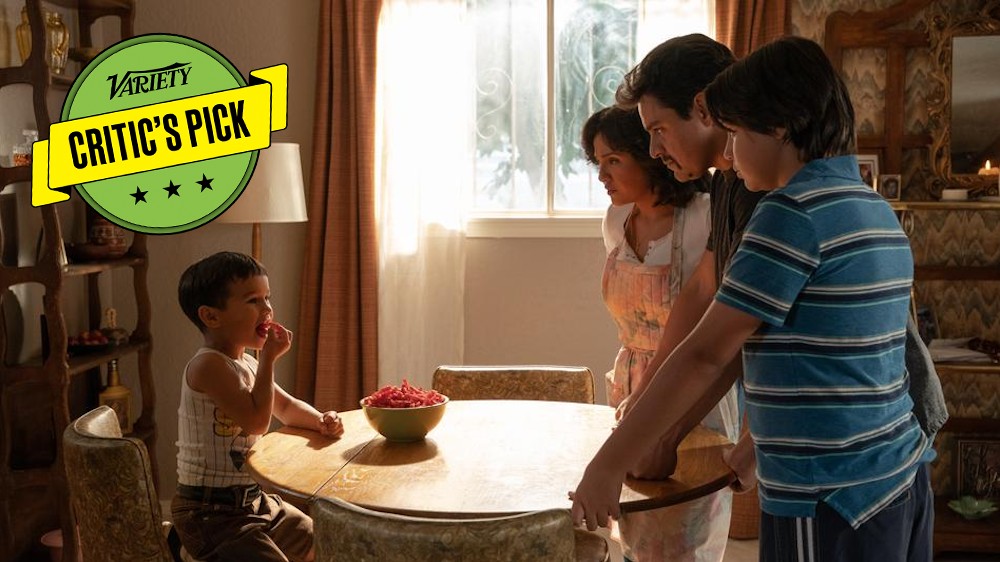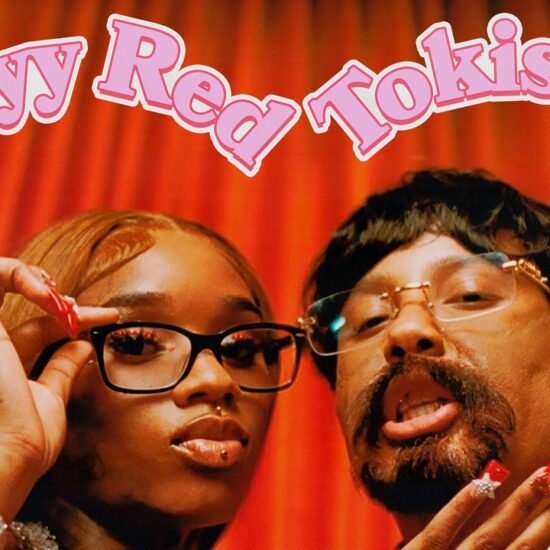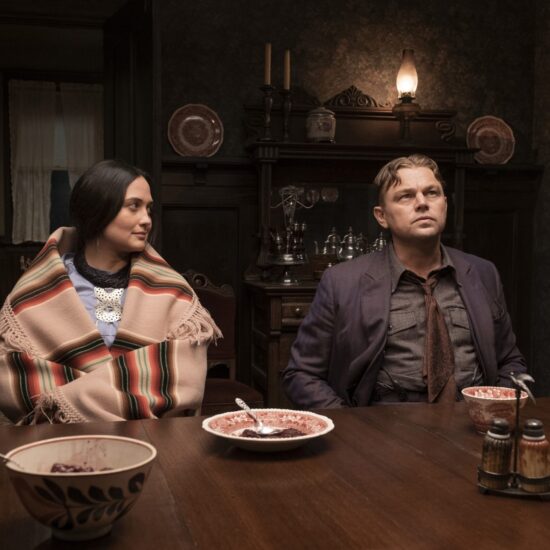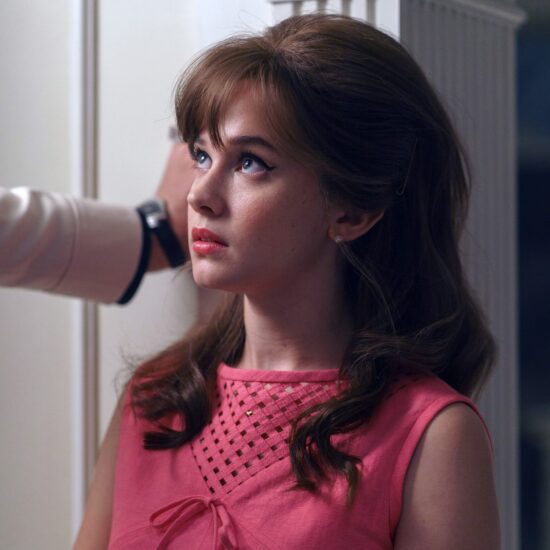
Americans can’t get enough of processed corn. They eat it for breakfast, in cereal form, and all throughout the day, snacking on cookies and crackers and chips, often washing it down with soda (sweetened with high-fructose corn syrup, naturally).
Premiering at the SXSW Film Festival, “Flamin’ Hot” tells the backstory of Frito-Lay’s insanely popular, ultra-spicy line of snack chips — the ones that singe your taste buds and stain your fingers a radioactive red — as marketing guru Richard Montañez lays it out in his memoir, “A Boy, a Burrito, and a Cookie: From Janitor to Executive.” After a rough start selling drugs and hustling on the streets of East Los Angeles, Montañez got a job cleaning the machines at Frito-Lay’s Rancho Cucamonga plant and worked his way up to head of Multicultural marketing. Along the way, he may or may not have invented the recipe for Flamin’ Hot Cheetos, Doritos, et al.
Montañez claims the spicy slurry was his idea, although a recent Los Angeles Times investigation suggests he had nothing to do with it — which doesn’t make the movie any less enjoyable. As we’ve established: Americans love corn, and “Desperate Housewives” star-turned-director Eva Longoria serves it up rich and tasty in her feature debut, scripted by Linda Yvette Chávez and Lewis Colick. Longoria has been directing shorts and episodic TV for more than a dozen years, bringing all that experience (and just the right amount of sizzle) to a stirring motivational exercise — one that treats Montañez’s charisma-to-burn mythology not as gospel truth so much as a compelling Horatio Alger story.
Personally, I want to believe Montañez, and while it wouldn’t exactly shock me to learn that a man who got rich selling sugar water to the masses might have “added a little flavor to it” (as former Frito-Lay honcho Al Carey told the Times), ”Flamin’ Hot” embraces Montañez’s self-aggrandizing claims for what they are: an inspirational tale of success in a country where Latinos make up a significant segment of the market, but hold relatively few leadership positions.
Longoria covers a lot of ground in 99 minutes, as she and editors Kayla Emter and Liza D. Espinas devise inventive ways to compress time and keep things moving — as in a sequence that spans eight years while panning around the Frito-Lay factory floor. It’s key to the movie’s personality that the story is told in Richard’s voice, earning instant familiarity and the license to embellish. For the role, she cast Jesse Garcia, the relatable co-star of 2006 indie darling “Quinceañera,” rather than some distractingly handsome heartthrob. That decision makes all the difference, as audiences need to believe that Richard has something to prove.
By his own account, Richard grew up on a winery in Guasti, Calif., and was bullied by the white kids for bringing homemade Mexican food to school. But he got wise quick, packing extra burritos and selling them for a quarter apiece in the cafeteria, turning his tormentors into customers. Before he could spend the money, however, he was arrested by a suspicious white police officer. “When the world treats you like a criminal, you become one,” he explains, sounding like the narrator of “Raising Arizona” or “My Name Is Earl,” as Longoria cuts forward more than a decade to Richard and future wife Judy (Annie Gonzalez) running from the cops.
A few years later, expecting his first child, Richard puts his family first, and Judy remains his biggest believer and champion. When he brings home the English-language employment application for Frito-Lay, she’s the one who fills it out. And when Richard hatches the idea to develop a picante variety that Latinos would like, she and the kids are right there in the kitchen, taste-testing a hundred mouth-scorching recipes. Richard’s other big ally is undervalued and initially stand-offish plant engineer Clarence C. Baker (Dennis Haysbert), who eventually warms to Richard’s interest in his machines, and who encourages him to think big.
From snack foods to studio movies, American businesses have long targeted white consumers. Richard’s innovation came in recognizing that leaders had to be convinced not to overlook Latinos as either customers or colleagues, an obvious-in-hindsight strategy that Hollywood and others have been slow to adopt. Squirming nervously in his necktie and suit, Richard tells slick-haired CEO Roger Enrico (Tony Shaloub) as much when he gets the chance to pitch his idea. The big boss responds to Richard’s initiative, even if the ranks of white flunkies — from the floor manager (Matt Walsh) to a handful of cartoonish boardroom stooges — insist that in the corporate world, new products “do not get created by blue-collared hoodlums.”
Technically, the Flamin’ Hot flavor may have been hatched in a more traditional way: by scientists and marketing execs in a lab. Or maybe not. While the movie commits to Richard’s version of events, Longoria also acknowledges that a development team was already working on something like it.
When Frito-Lay puts the neon-red powder into production at the Rancho Cucamonga facility, Richard samples a chip and says, “It’s not Judy’s, but it’ll do,” so maybe Montañez wasn’t the inventor so much as the guy who got it off the ground.
But who cares if the movie had to fudge a few details? Hollywood does that all the time, and ”Flamin’ Hot” is effective either way, whether this is an urban myth or a real-world case of a Mexican American underdog tapping into his heritage and sharing it with the masses. Longoria aims to set a positive example, and she’s made a “Rocky”-like crowd-pleaser that leaves audiences feeling more confident about themselves — all without overlooking the unsavory bits, such as Richard’s drug dealing and other distractions. Inspiration and entertainment can make corny bedfellows, but Longoria pulls it off, to the extent that a moment of faith when Richard and Judy pray doesn’t feel preachy, but a reflection of their priorities. “Flamin’ Hot” may commemorate a junk-food revolution, but the film has real substance — heck, you could even call it nutritional value, which is more than can be said for the Cheeto.













